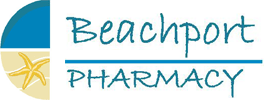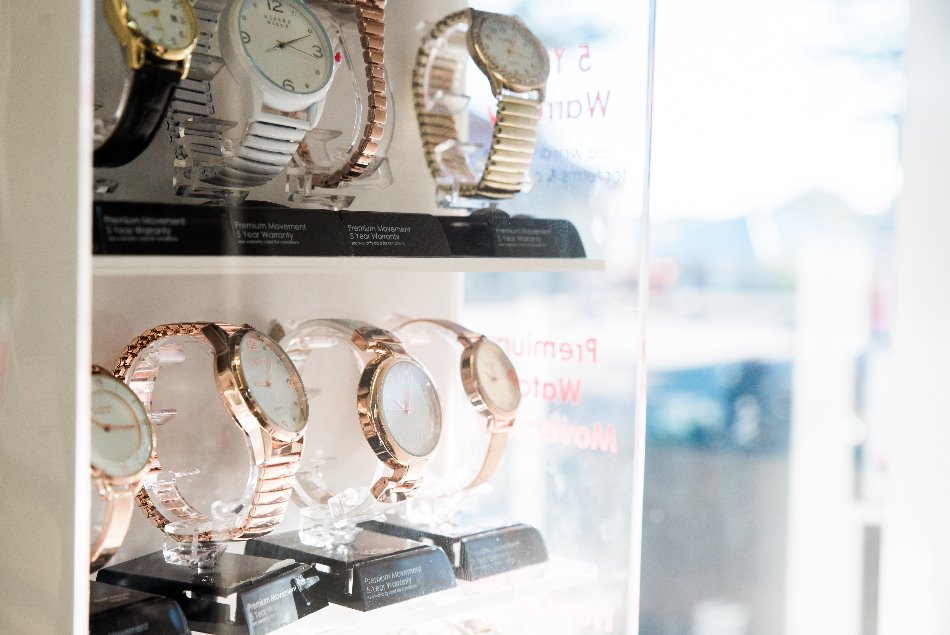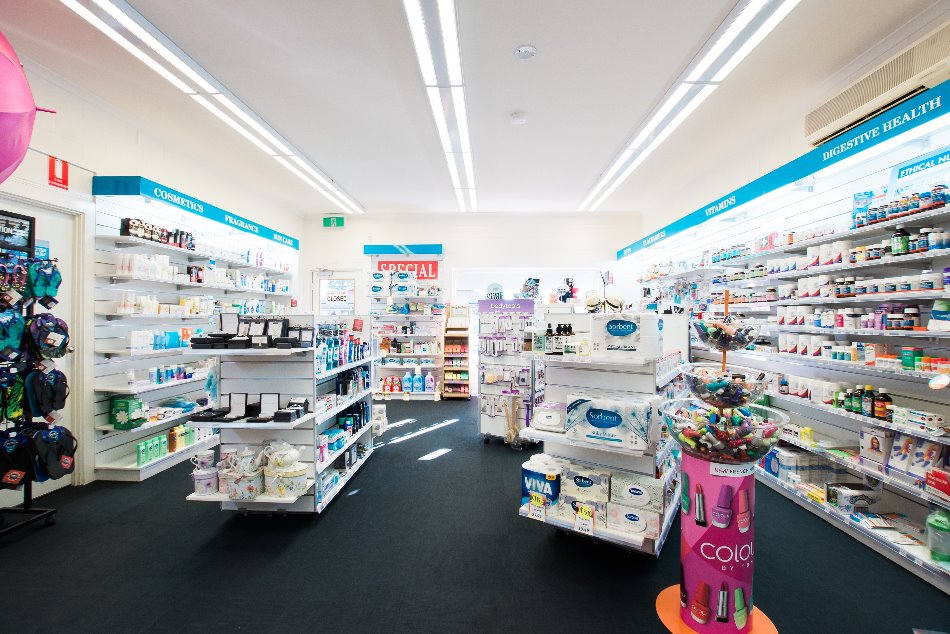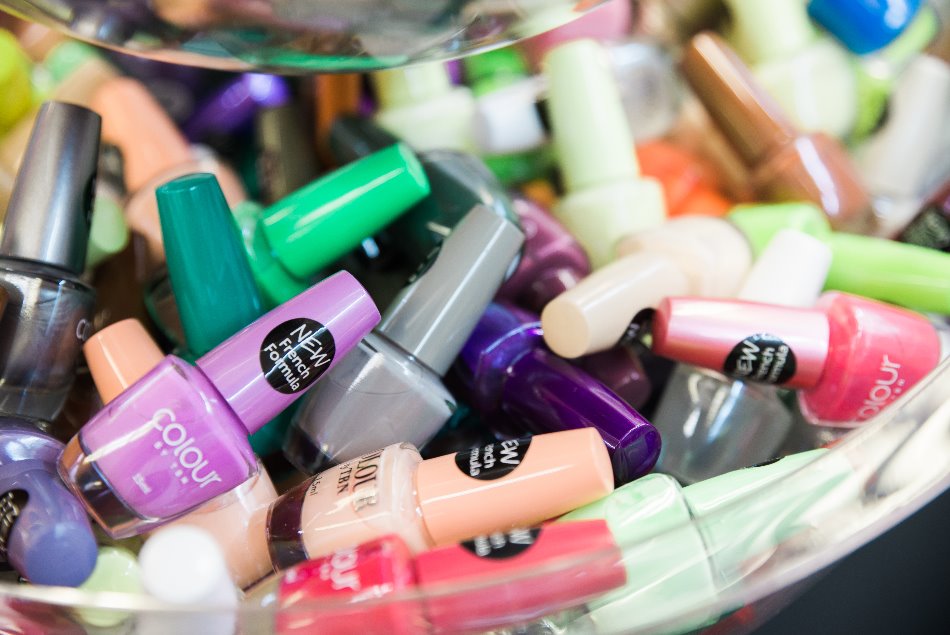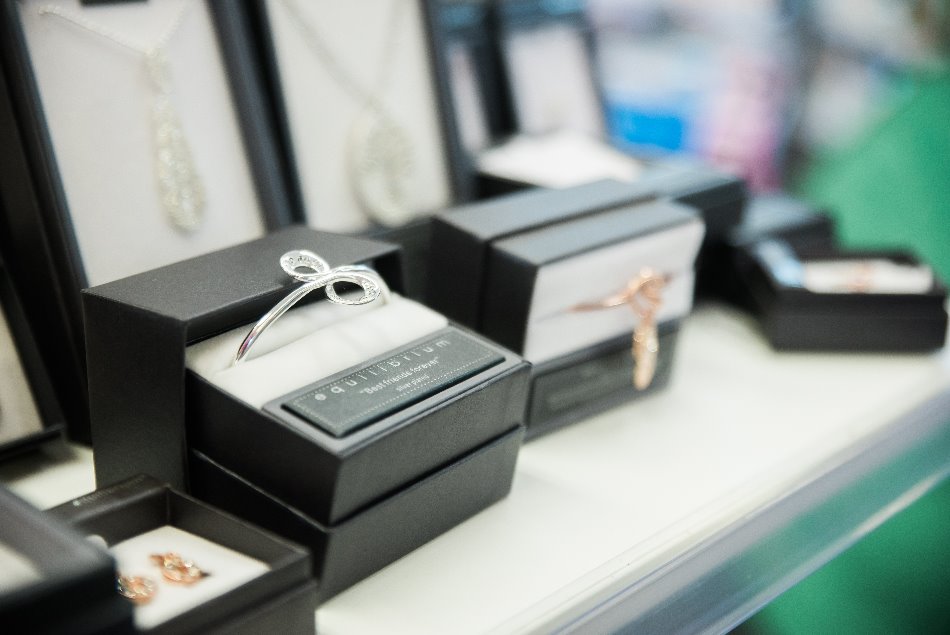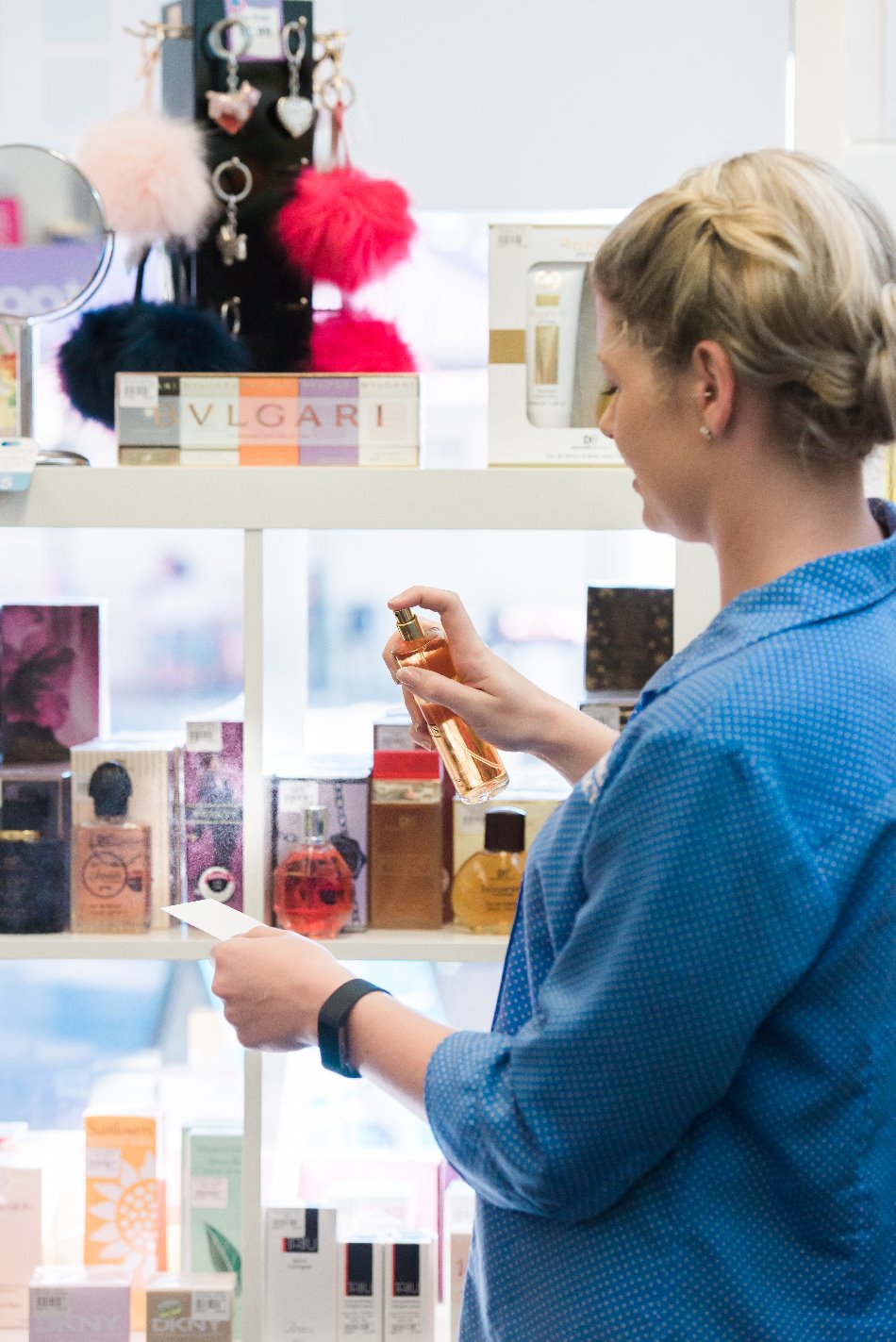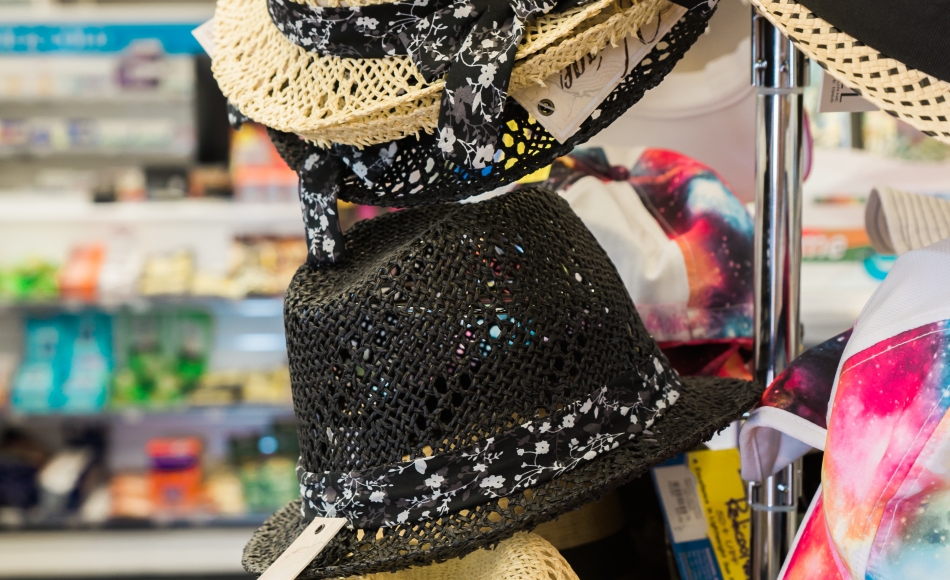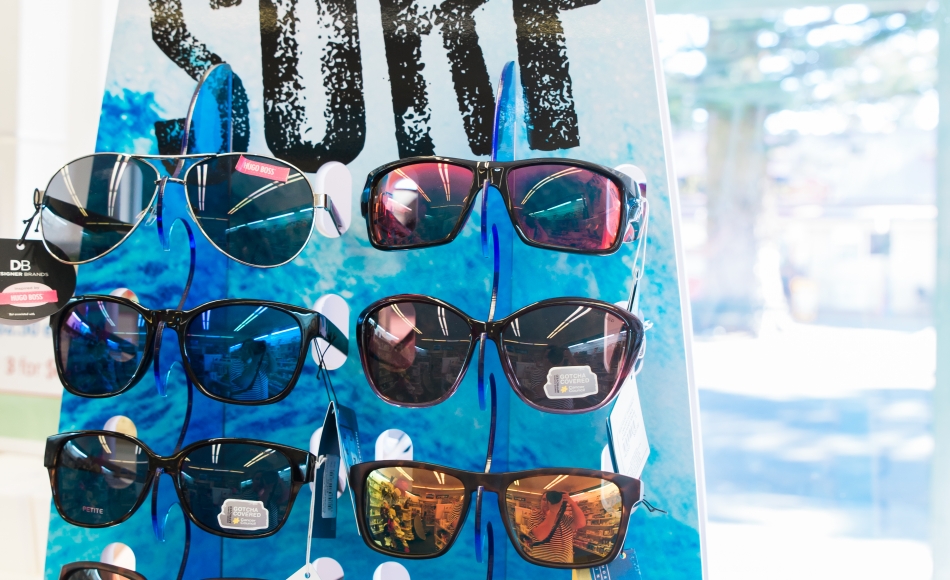Jul
2013
Adding Salt to Injury
1366 – Adding in salt to injury
The old English proverb would have us believe that “time heals all wounds”. The statement is somewhat debatable, even with emotional wounds, because what we actually do in the time immediately after the injury occurs might be more likely to significantly influence the healing process. And with physical injuries, there is no doubt, the kind of “first aid” we provide, in large part, determines the rate and degree of healing.
Even in the most highly organised of homes and workplaces, accidents do happen. We all suffer the occasional cuts and scratches, and sometimes more serious bleeding or weeping wounds. So, at the very least, it’s important to have a packet of plastic dressing strips readily available.
Well, that’s what we used to think; and maybe some of us still do think that.
The reality is that these traditional dressings are rarely appropriate for anything but the tiniest of scratches. Fortunately there is now a range of dressings to help with the management every type of wound.
Lacerations, cuts and grazes are probably the most common wounds we are likely to suffer; and in all these cases the aim is to stop bleeding, prevent infection and restore tissue health. Of course in the first instance we must ensure the wound is clean; and this is where the salt comes in – or, more correctly, some normal saline.
A minor cut or graze can be washed clean with saline solution (you can keep a bottle or a few plastic ampoules in the home for just that purpose) or otherwise you can clean the wound with warm running water. And saline-soaked gauze can be used to remove superficial dirt.
A surfactant antiseptic (such as Betadine Scrub or Savlon liquid) can be used to remove stubborn foreign material; and then a topical antiseptic product can be applied. Suitable products are those containing iodine, peroxide, chlorhexidine, hypochlorites or alcohol; but remember, antiseptics are not necessary if the wound is clean – they can actually damage the tissue and delay healing.
Burns are another kind of wound we occasionally need to treat. Apart from the inevitable sunburn in summer, most burns occur during the winter months – burns from open fires, gas or electric heaters or scalds from burning liquids. Burns are categorised according to the depth of tissue damage. Superficial or minor burns will appear pink or red; deep dermal partial thickness burns will appear mottled on a creamy coloured base; and full thickness burns will appear firm and leathery in texture – and white, brown, cherry red or charred black.
In addition to the depth of a burn, the seriousness also depends on factors such as the size and location of the injury and the age and general well being of the burnt person. Clearly if you have anything other than a superficial burn should be immediately seek medical advice; even if there is no pain.
First aid treatment for superficial burns is cold running water (but not ice) for about 20 to 30 minutes.
Generally, burns should not be touched. Blisters should not be burst; and lotions, ointments or fatty applications should be avoided. For a minor burn with little tissue damage, the so-call amorphous hydrogels (for instance Duoderm Gel, Solosite or Solugel) are the best treatment options. These dressings will cool the burn, ease the pain, provide a moist healing environment and reduce the amount of scarring.
If you ‘d like more advice on how best to treat cuts, scratches, grazes and burns – what dressings to use, how and when – you can call or pop in and see us at the Pharmacy.
